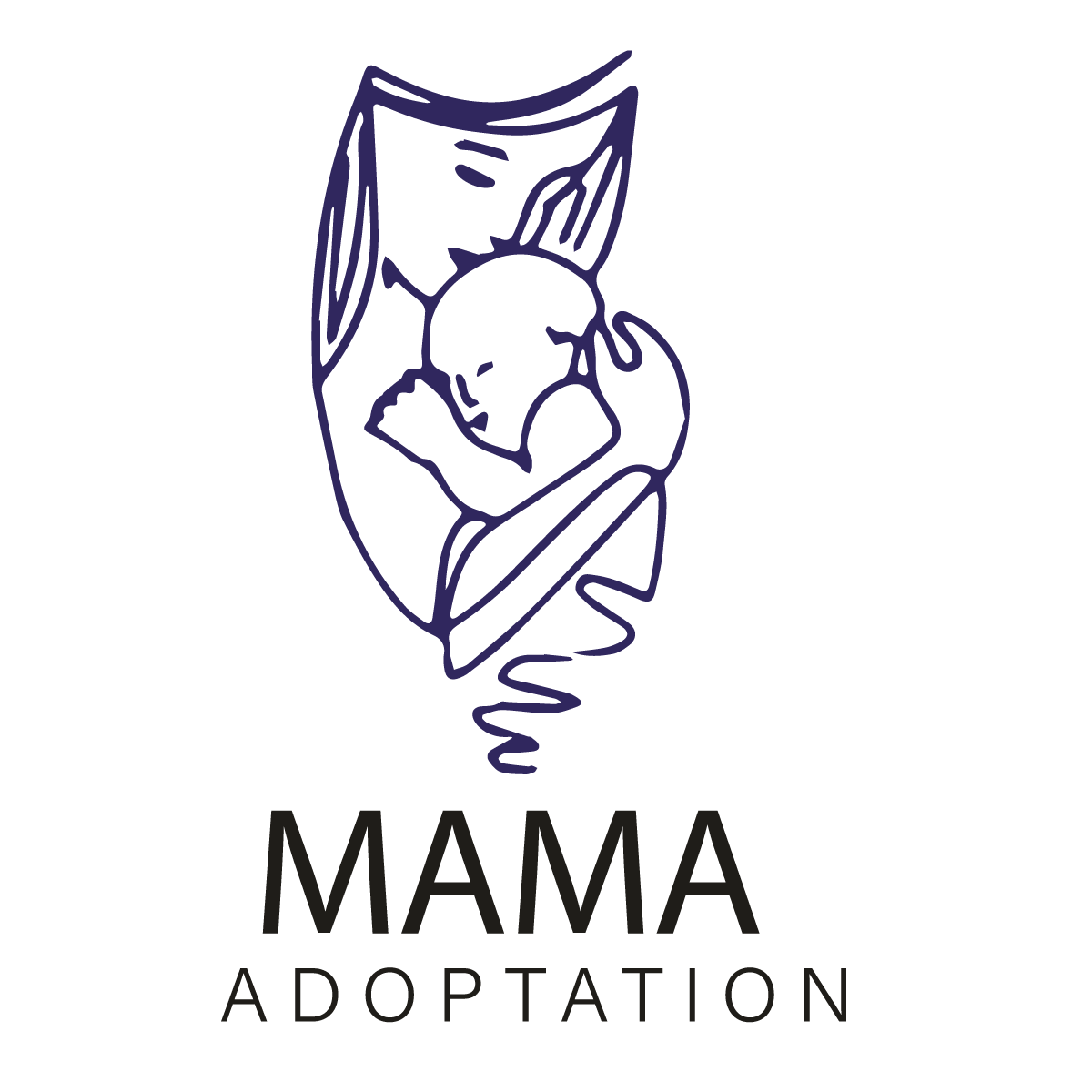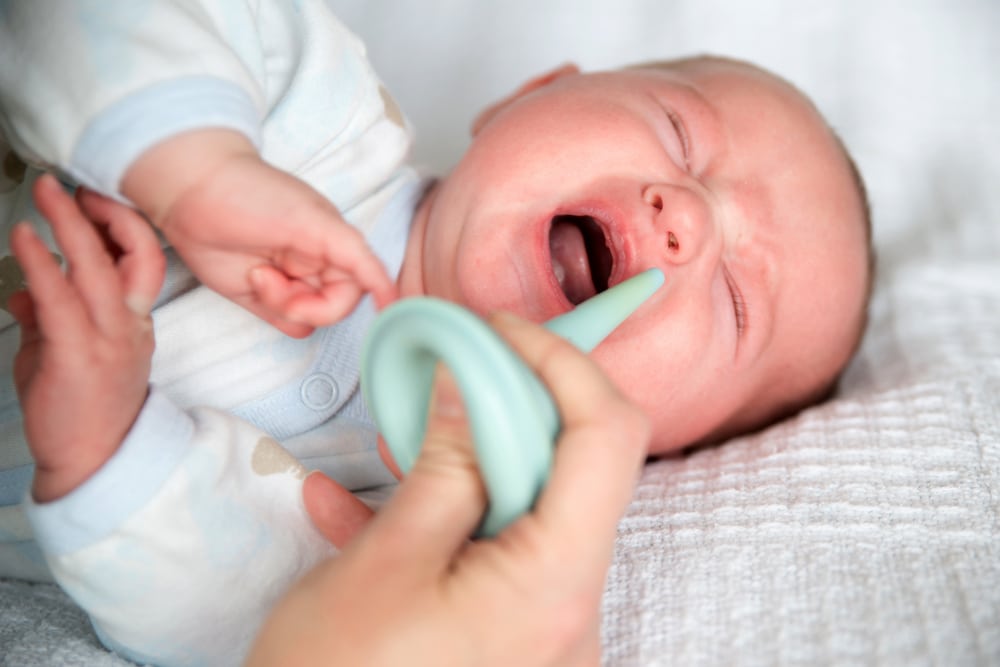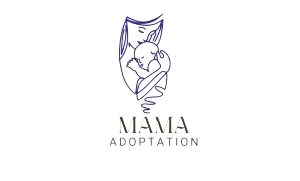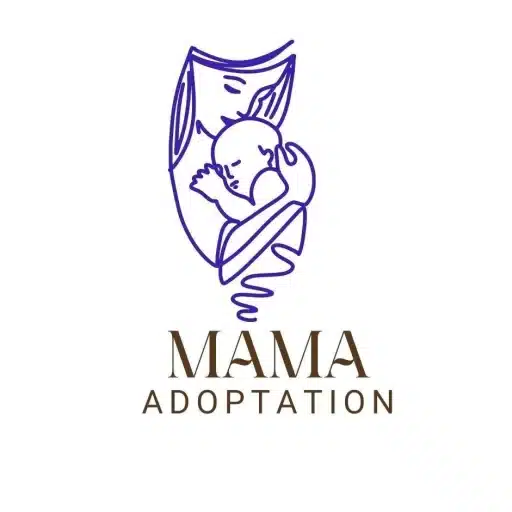The bulb syringe is one of the essential items when caring for a baby. This small tool helps keep a baby’s nose clear, allowing them to breathe more easily and sleep better. Unfortunately, not all babies respond well to the bulb syringe. If your little one has been screaming or crying every time you use it, don’t worry – there are ways to make the experience easier for both of you.
All these factors can affect how well your baby tolerates suctioning their nose with a bulb syringe. Try timing treatments after meals or before bedtime, so your infant doesn’t have an empty stomach while being treated with the device.
Why do babies hate bulb syringes?
When administering medicine, bulb syringes are an essential tool for parents. However, many babies hate the inconvenience and discomfort associated with these devices. This can cause physical pain and increased frustration in infants.
While these are necessary for providing medication to youngsters, understanding why babies hate them can help parents better manage the experience for their little ones.
These can cause physical discomfort when used on babies because they must be inserted far enough into the baby’s mouth to get all the medicine down in one go. This often triggers an automatic gag reflex in infants, leading to further distress and crying from the child. Babies may also find having something inside their mouths unpleasant or frightening due to unfamiliarity.
Can a bulb syringe hurt your baby?
It is a commonly used tool for clearing mucous from an infant’s nose. Parents may be concerned about the safety of using this device, as it can appear quite intrusive. Luckily, parents can take a few simple steps to ensure their child is safe while using this.
The key to using the bulb syringe safely is to avoid inserting it too far into your baby’s nostrils. To prevent this, keep the nozzle of the syringe close enough so that only half of its length enters your baby’s nostril.
Additionally, ensure you squeeze and release the bulb slowly rather than packing it all at once; otherwise, you risk choking or pushing fluid into your baby’s eustachian tube.
So how often should you suction your baby’s nose?
Having a blocked nose can be uncomfortable for babies. It’s essential to keep your baby’s airways clear so they can breathe and feed efficiently. Suctioning the nose with a bulb syringe is one way of doing this, and it’s worth getting into the habit early on as it can be quite effective in clearing mucus from the nostrils.
So how often should you suction your baby’s nose? Generally, parents should use the bulb syringe whenever their baby has trouble breathing due to mucus buildup. This could mean using it several times throughout the day or even once a day if the mucus isn’t an issue for your child.
It is also recommended that you suction before feeding them to make sure their nasal passages are clear and they can provide comfort without any respiratory distress.
Can you suction a baby’s nose while they are sleeping?
Yes, it is possible to suction a baby’s nose while they are sleeping. This can be done using a bulb syringe, an easy-to-use and effective tool for clearing congestion from babies’ noses. It is a rubber bulb attached to plastic tubing with a soft tip. When the bulb is squeezed and released, it creates suction that helps remove mucous from the baby’s nose.
When you use this on your baby, it’s essential to ensure that their head is slightly elevated so that the nasal secretions can flow out easily. Also, ensure that no pressure is applied, and only gentle suctioning should be used so as not to cause discomfort or injury to your little one. You should repeat this process until the mucous has been cleared away from the nostril area.
How to stop your baby from crying while using a bulb syringe?
When your baby is congested and having difficulty breathing, using a bulb syringe can help make them feel better. But getting this into their nose can be uncomfortable and may cause your little one to cry. Fortunately, there are several strategies you can use to minimize this discomfort and keep your baby from crying while utilizing this.
The first step is to ensure that this is clean and free of any residue or bacteria that may irritate your baby’s nasal passages. Fill it with warm saline solution, as recommended by a pediatrician. Ensure you squeeze out any air from the bulb before inserting it into your baby’s nostril. When administering the answer, do it slowly over 5-10 seconds so as not to startle them.
Use nasal drops to loosen congestion before suctioning.
Nasal drops are a simple, effective way to reduce congestion before suctioning with a bulb syringe. The drops help loosen mucus from the nose and upper airways, allowing easier needle removal. This is especially beneficial in infants who may find the process uncomfortable or challenging due to congestion.
To use nasal drops, you should hold your infant upright in your lap and tilt their head backward slightly. Dispense one drop of saline solution into each nostril and wait around 30 seconds for it to work its magic.
After this time, gently suction out mucus with a bulb syringe if needed. Ensure you dispose of the used syringe properly afterward and never share it between individuals, as this could spread germs or infection.
Use a humidifier or steam to help soften mucus before suctioning.
When caring for someone with a respiratory condition like asthma or COPD, you may need to use a bulb syringe to suction excess mucus from their airways. Suctioning mucus can be difficult and uncomfortable, but using a humidifier or steam beforehand can help soften the mucus and make it easier to remove.
Humidifiers add moisture into the air, which helps thin out thick mucus, so it’s easier to suction away with the bulb syringe. For best results, please turn on your humidifier at least an hour before suctioning and keep it running. You can also create steam by placing a warm washcloth over your patient’s face for 10 minutes before beginning suctioning.
This simple step has been proven to make the process more comfortable while helping reduce congestion in their chest and sinuses.
Distract your baby
Distracting a baby can be daunting, but with the right tools, it can be done. One of the best ways to get your baby’s attention is with a bulb syringe. This affordable and simple tool has multiple uses, which will help keep your baby distracted and happy.
This is excellent for clearing your baby’s nose when they have trouble breathing due to congestion. It also makes a perfect toy, as babies are fascinated by its shape and sound when squeezed.
Fill it up with water or some other liquid, embrace it, and watch as your baby gets distracted, trying to figure out where the bubbles are coming from. Not only does this provide entertainment for them, but it also gives you an opportunity for some much-needed rest or to take care of other essential tasks.
Never suction after feeding
Never suctioning after feeding is an essential rule for parents and caregivers to follow when caring for a baby. Suctioning after the baby has eaten can cause the baby to vomit, choke, or aspirate. To avoid these risks, waiting at least 30 minutes after feeding is essential before using a bulb syringe.
It is a small device to help remove mucous from a baby’s nose and mouth. The suction created by squeezing the bulb quickly eliminates fluids from the airway, making breathing easier for the infant.
Parents typically use this tool when their baby has difficulty clearing their airway due to congestion or illness. However, if used too soon after eating, it can cause regurgitation through over-suctioning or aspiration of food particles into their lungs.
How to get the snot out of a baby’s nose without a bulb syringe
Do you have a baby in the house with a stuffy nose? Don’t worry; there’s no need to run out and buy a bulb syringe! There are several simple ways to get the snot out of a baby’s nose without using this device.
One way is to try using saline drops. These drops can be found at most drugstores or supermarkets and help loosen mucus, making it easier to suck up with a tissue or cloth. Put two drops of saline into each nostril and wait a few minutes before gently wiping away the mucus.
Another helpful solution is using steam. Boil some water on the stove or in an electric kettle, then pour it into a bowl or basin, and drape your baby over it so that their head is close enough to feel the steam but not too tight as to risk getting burned.
Nose Frida
Nose Frida is an innovative system that uses a bulb syringe to relieve nasal congestion and other related symptoms. Designed by Swedish Doctor Dr. Bengt Thilander, this device has revolutionized how parents care for their child’s nasal health.
The Nose Frida consists of a tube attached to the nostril with a special filter at one end and a bulb syringe at the other. Parents use this to create suction to draw out mucus from their baby’s nose, providing quick relief from congested noses and blocked airways. The filter ensures that no bacteria or germs are passed on from parent to child during suction.
The Nose Frida is highly safe for babies as it does not insert anything into their noses or ears as traditional bulb syringes do.
Electric Nasal Aspirator
An Electric Nasal Aspirator is a device that can help parents clear their little one’s stuffy nose. This aspirator works with gentle suction, so parents don’t have to worry about pushing too hard or causing discomfort to the baby.
The electric nasal aspirator uses a soft silicone tip that fits comfortably in the baby’s nostril, creating a seal that allows for optimal suctioning of mucus and other debris. It also features an adjustable suction setting to clean your baby’s nose easily.
Additionally, it comes with a traditional bulb syringe which you can use to flush out any clogged mucus in case the electric power fails or runs out.
Vapor Drops
Vapor Drops are an innovative new way to help babies suffering from congestion. Developed by pediatricians and designed for babies under two years old, the Vapor Drops provide relief using a bulb syringe. The drops are made with natural ingredients such as eucalyptus, menthol, and rosemary oils that have been clinically proven to loosen mucus in the chest and nose.
The Vapor Drops have been tested by numerous pediatricians who have found them safe and effective in clearing a baby’s airways. The drops come in easy-to-use bottles that can be fed directly into the baby’s nostrils or combined with a saline solution when used with a bulb syringe. Parents also appreciate that they do not contain harsh chemicals or drugs that can cause unwanted side effects on sensitive infant skin.
Vapor Clip On
Vapor Clip On, the revolutionary new device from Bulb Syringe, is changing how parents treat their children’s colds and allergies. This easy-to-use product delivers a steady stream of medication directly into the nose and sinuses of young patients, providing fast relief for stuffy noses, congestion, and other symptoms.
Unlike traditional methods, such as drops or sprays that can be messy or require complex maneuvering to get them into the correct position on a child’s nose, Vapor Clip On offers an innovative solution with its simple clip-on design.
The soft plastic clip attaches securely to your child’s nostrils while they breathe in through their nose and out through their mouth. With no assembly required and a secure fit every time, it takes seconds to get your little one feeling better faster.
Conclusion
Bulb syringe can effectively clear a baby’s nasal passages of mucus and snot, but it is essential to remember that not all babies find the sensation pleasing. Always be cautious when using this with your baby, as improper use can be uncomfortable and scary.
Developing soothing techniques such as rocking or singing and providing a distraction from the process can make the experience more bearable.
Read more…








